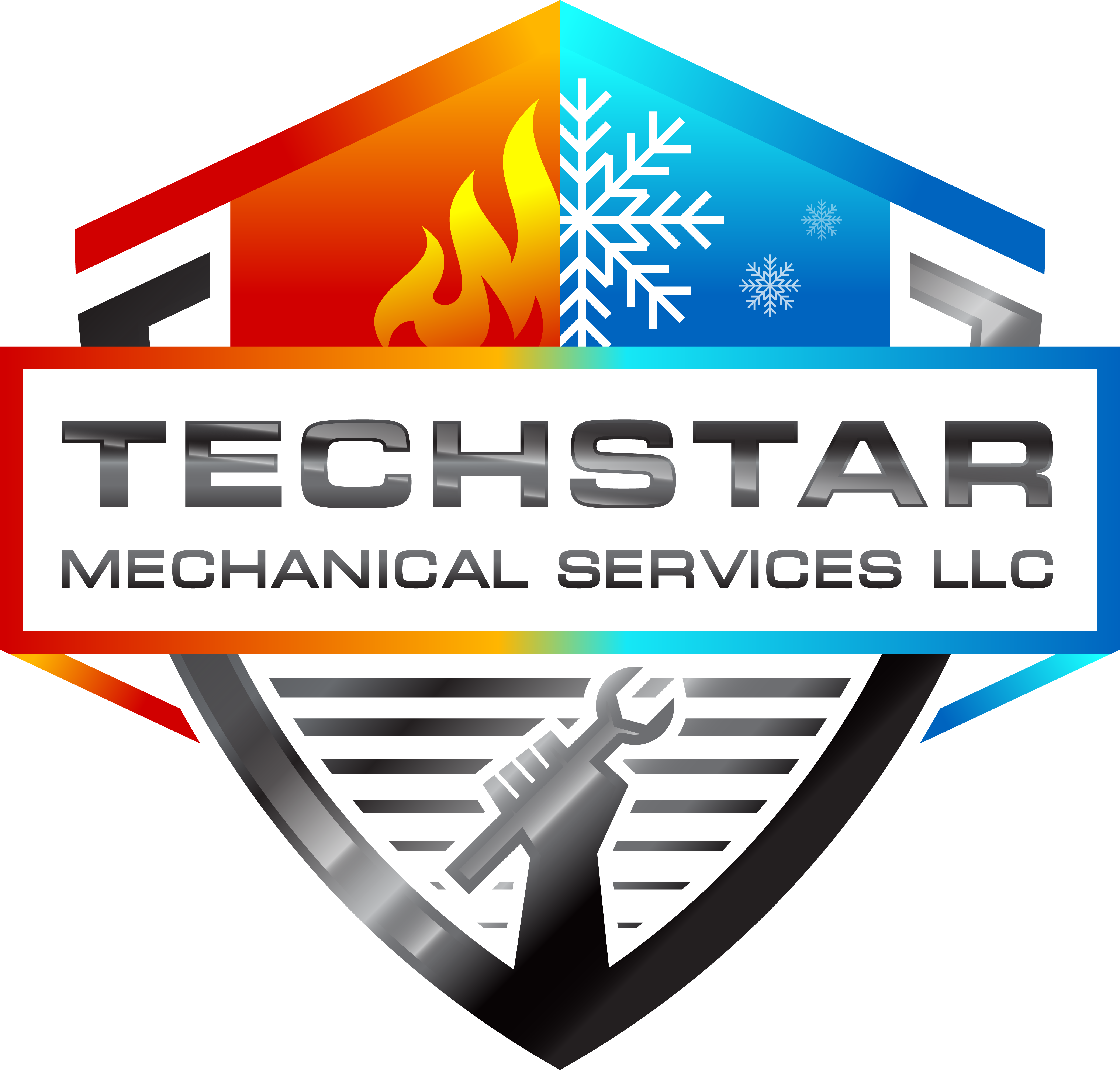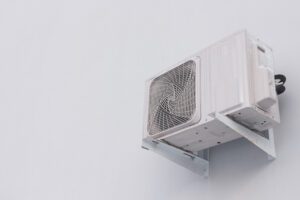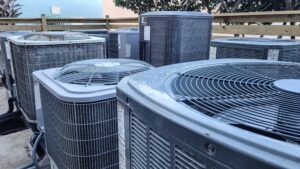Introduction: Understanding Your Furnace’s Lifespan
Knowing when it’s time for a furnace repair or a full-on replacement can save you money and hassle in the long run. On average, a furnace can last between 15 to 20 years, but this depends a lot on how well you maintain it and how often it’s used. Like any other appliance in your home or business, your furnace won’t last forever. Regular maintenance can extend its life, but eventually, you’ll face the choice: repair or replace? This decision isn’t just about cost. It’s also about comfort, efficiency, and safety. Keep in mind that older units might not only be less efficient, meaning higher energy bills, but they could also potentially be safety hazards due to outdated technology or wear and tear. Knowing the lifespan of your furnace helps you prepare for what’s ahead and make informed decisions about its future.
Signs Your Furnace Requires Attention
When your furnace starts acting up, it’s not always clear if it needs a quick fix or a full-on replacement. Paying attention to a few key signs can save you from the cold and avoid unnecessary costs. First, if your furnace is making unusual noises – think banging, popping, or squealing – it’s telling you something’s not right. Also, take note if it’s not heating your space evenly or as it used to. Uneven heating often means your furnace isn’t working efficiently. Another red flag is a spike in your energy bills. If your heating costs are climbing but your usage hasn’t changed much, your furnace may be losing its efficiency. Lastly, if your furnace is on the older side, over 15 years, it’s likely nearing the end of its life. Frequent repairs add up, and sometimes, replacing an old, inefficient furnace is the wiser economic choice. Keep these signs in mind to gauge whether it’s time to call in a professional for a repair or start looking for a new furnace.
Furnace Repair: Diagnosing Common Problems
When your furnace starts acting up, it can be tricky to know exactly what’s wrong. Here’s a quick guide to help you spot some common problems. First, if your furnace isn’t heating at all, it could be a simple issue like a blown fuse or a tripped circuit breaker. Check those first. Next, if you’re getting some heat but not enough, your furnace might be struggling due to a dirty filter blocking the airflow. Changing the filter could fix this. If the furnace turns on and off too frequently, it’s possible the thermostat is to blame. It might not be calibrated correctly or could need new batteries. Finally, weird noises coming from your furnace—like banging, whistling, or rattling—often point to mechanical problems. Loose components can cause rattling, while whistling might signal a leak in your ductwork. Each of these issues has a fix, but the cost and effort will vary. Before spending money on repairs or rushing into a replacement, understanding these signs can guide your decision.
The Costs Associated with Furnace Repair
When your furnace starts acting up, the first question is usually about cost. Repair bills can vary widely, but on average, homeowners spend between (130 and )480 for furnace repairs. The price can shoot up for more complex issues. Simple fixes like changing a filter or a thermostat can be on the lower end, while problems like replacing the heat exchanger can cost you a pretty penny, easily crossing the $1000 mark. Remember, these costs can also be influenced by where you live and the expertise of the technician you hire. If repairs are constantly needed, they can add up, making replacement a more cost-effective choice in the long run. But, for minor issues, a repair might just do the trick without breaking the bank.
When to Consider Furnace Replacement
Deciding to replace your furnace rather than repair it might seem like a tough call, but there are clear signs it’s time for an upgrade. First, if your furnace has been keeping you warm for over 15-20 years, it’s likely past its prime. Technology has improved, and newer models are more efficient, meaning they heat your space better and use less energy. If your energy bills are climbing even though your usage hasn’t drastically changed, that’s another indicator your furnace might be struggling. Frequent repairs are a red flag too. It’s like patching up an old car; at some point, it’s cheaper to just get a new one. If the cost of a repair is more than 50% of the cost of a new furnace, definitely consider replacement. Also, think about your comfort. If some rooms are too hot and others are too cold, or if you put up with a noisy furnace, these are signs your old furnace can’t properly distribute air anymore. Finally, if you’re aware of safety issues, such as a cracked heat exchanger that can leak carbon monoxide, don’t hesitate. Safety first, always. Upgrading your furnace can seem pricey upfront, but it improves your comfort, cuts down energy bills, and offers peace of mind.
The Cost-Benefit Analysis of Replacing Your Furnace
When your furnace starts acting up, the big question is whether to repair it or bite the bullet and replace the whole system. Look, fixing your furnace might seem cheaper upfront, but let’s crunch some numbers to see what actually makes sense in the long run. If repairs are going to cost you just a few hundred bucks and your furnace is relatively young, repair could be the way to go. But, here’s the kicker: if your furnace is old, say over 15 years, and the repair costs are creeping up to half the price of a new system, it’s probably time to upgrade. New furnaces aren’t just new; they’re more energy-efficient. This means they can save you money on your energy bills each month. Plus, you won’t be playing the “will it break down again?” game every winter. So, while the upfront cost of a new furnace might make your wallet wince—expect something in the ballpark of (2,000 to )7,000 depending on the type and bells and whistles—it’s an investment. Over time, the savings on repair costs and lower utility bills can actually make it the cheaper option. In a nutshell, crunch the numbers, consider the age and health of your current system, and decide if a new, efficient furnace might actually be the more economical choice in the long haul.
Energy Efficiency: Repair vs. Replacement
When your furnace isn’t performing well, you might wonder whether to fix it or replace it. Here’s the deal with energy efficiency: Older furnaces work harder to heat your home, driving up your energy bills. Now, if your furnace is past its prime, repairing it might provide a short-term fix, but it’s like putting a Band-Aid on a problem that needs stitches. Yes, you’ll see a decrease in your bills for a bit, but it’s not a long-term solution. On the flip side, new furnaces are designed with energy efficiency in mind. They use less fuel to generate the same amount of heat, which means they’re kinder to your wallet and the planet. Choosing to replace your old furnace could cut your energy costs significantly. So, weigh your options. If your furnace is young and the repair is minor, fixing it might make sense. But if it’s old, struggling, and the repairs are costly, investing in a new, energy-efficient model could be the smarter move financially and environmentally.
The Impact of Age on Furnace Performance and Repair Viability
Age hits furnaces just like it does everything else. Over time, parts wear out, efficiency dips, and it might seem like your furnace is on its last legs. Here’s the deal: a furnace typically lasts around 15 to 20 years. But once it crosses that 15-year mark, you might see your repair bills start to climb. It’s not just about parts breaking down either. Older furnaces can struggle to keep up, pushing your energy bills up as they lose their youthful efficiency.
So, when it comes to deciding whether to repair or replace, think about the age. If your furnace is pushing 15 years or more and repairs are getting pricey, it might be more economical in the long run to invest in a new one. Sure, a new furnace can be a big upfront cost, but it often pays off with lower energy bills and fewer headaches down the road. Plus, new models come with better technology, making them more efficient and cheaper to run. In short, don’t let your aging furnace burn a hole in your wallet. Consider its age and performance carefully before deciding on repair or replacement.
Choosing a Contractor for Furnace Repair or Replacement
Picking the right contractor for furnace repair or replacement is key. It’s not just about who offers the cheapest deal. Look for someone reliable and skilled. First off, check their license and insurance. You don’t want someone unqualified messing with your furnace. Next, ask about experience. How long have they been fixing or replacing furnaces? Experience often means they’ve seen it all and can handle your issue. Read reviews online or ask your neighbors who they trust. Word of mouth is powerful. Also, get a clear quote. No surprises. Ask if the quote includes everything—labor, parts, and any additional fees. Lastly, see if they offer a warranty. It shows they stand behind their work. Pick wisely, and you’ll save headaches and money down the road.
Conclusion: Making an Informed Decision for Your Home or Business
Deciding between furnace repair or replacement comes down to a mix of factors including cost, age, and efficiency. If your furnace is younger than 15 years and the cost to repair it is less than half of the cost of a new one, repairing might be wise. However, if it’s older, frequently breaking down, and your energy bills are high, replacement is likely the smarter financial move. Remember, a new, energy-efficient model can save you money on utility bills in the long run. Always consult with a professional to assess the specific situation of your furnace and make an informed choice that balances immediate costs against long-term benefits for your home or business.




